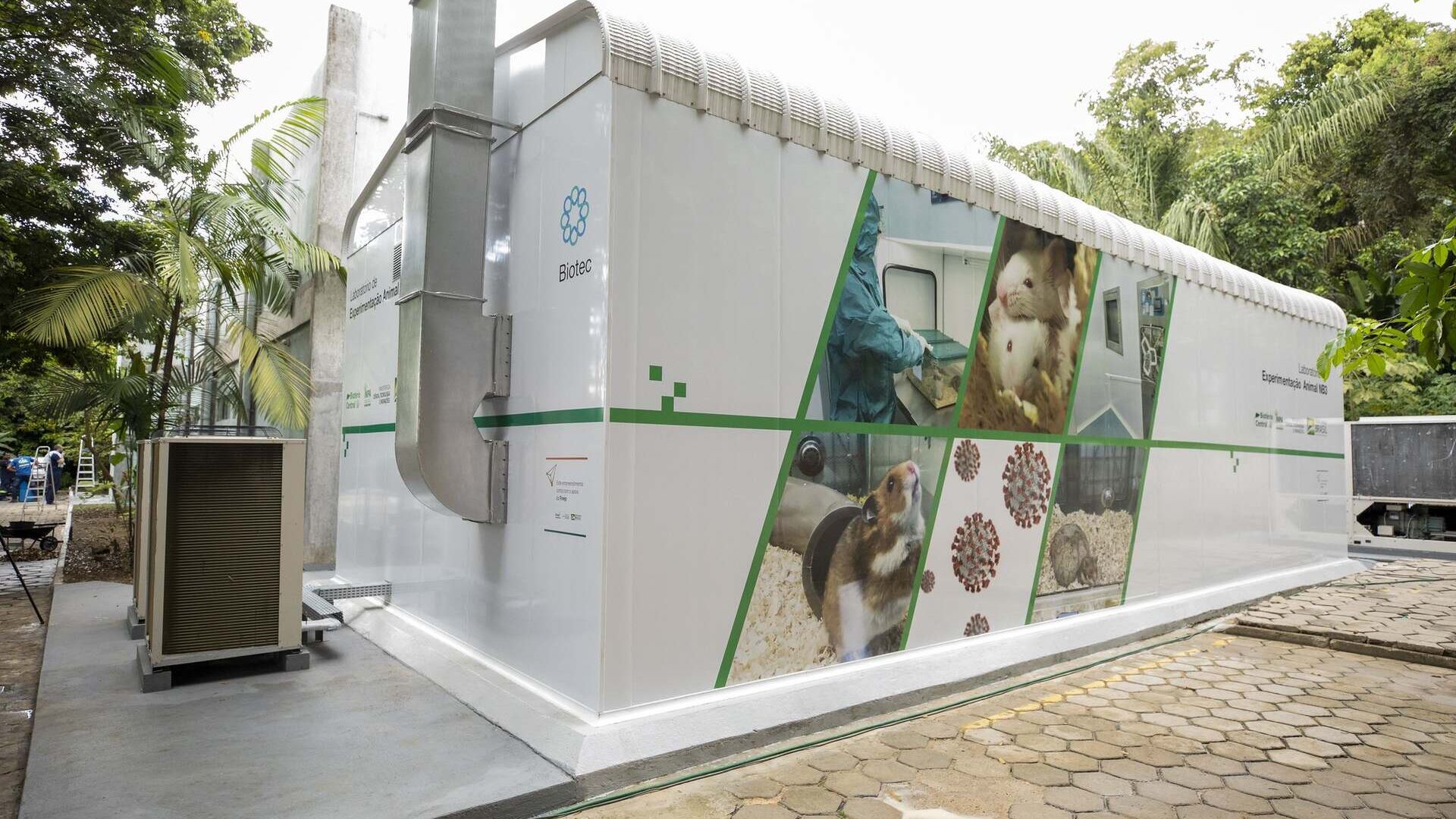The miraculous cellulose-based airgel that is 3D printed
EMPA scientists have developed a plant biogelatin that can be modeled in three dimensions: here is an "impossible" material
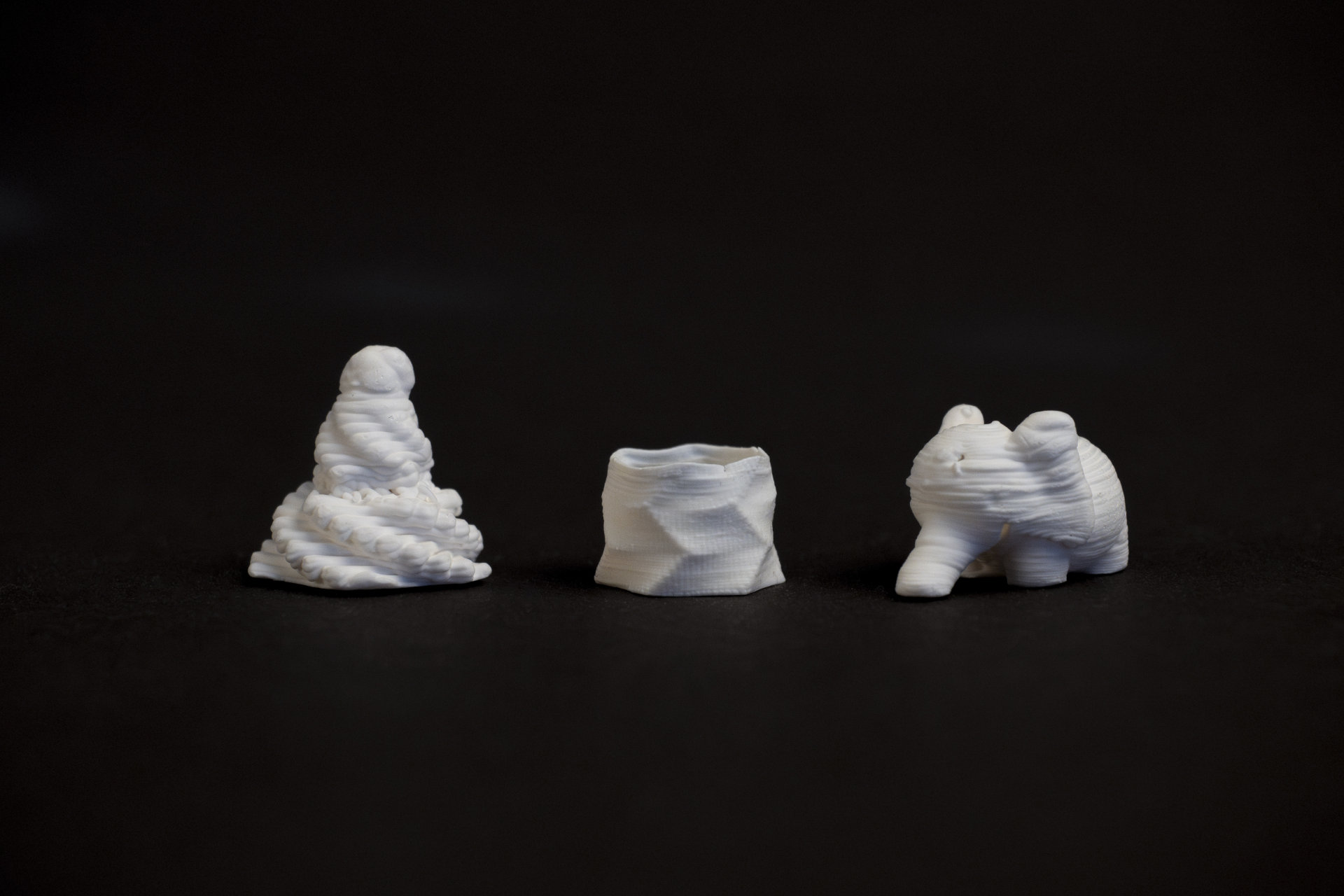
At first glance biodegradable materials, 3D printing inks and airgel they don't have much in common.
Considered together, however, they could have enormous potential for the future: decomposable materials are an alternative to polluting ones, the 3d printing eliminates waste in the production of complex shapes and ultra-light aerogels are excellent thermal insulators.
EMPA researchers have managed to combine all these characteristics in a single material, a cellulose-based airgel which can be 3D printed and which has extraordinary properties.
Airlement: 3D printing lightweight building materials from waste
The world's first edible rechargeable battery

Cellulose airgel that prints in 3D: the EMPA study
The miracle material, composed of 88 percent water, was created under the guidance of Deeptanshu Sivaraman, Wim Malfait e Shanyu Zhao of the Building Energy Materials and Components laboratory of EMPA, in collaboration with the Cellulose & Wood Materials and Advanced Analytical Technologies laboratories and with the Center for X-ray Analytics.
Zhao and Malfait, along with other researchers, had previously worked on the airgel printing of silica in 2020, developing the first method to mold them into complex shapes. “The next logical step was to apply our printing technology to mechanically more robust bio-based aerogels“, explains the first.
The scientists chose as starting material the cellulose, biopolymer most common on Earth. Cellulose aerogels, we read in the study published in "Advanced Science”, "have attracted considerable attention due to their large surface area and can adsorb efficiently pollutants, oils and other contaminants”. They can also withstand large deformations without breaking, making them useful for applications such as lightweight composites and scaffolding.tissue engineering.
"However, the lightweight nature of aerogels cellulose is usually mechanically weak, which poses a challenge to conventional methods of producing complex shapes and geometries”: a problem that scientists have solved thanks to 3d printing.
New translucent load-bearing walls to reduce lighting costs
E-waste “becomes” gold thanks to cheese proteins
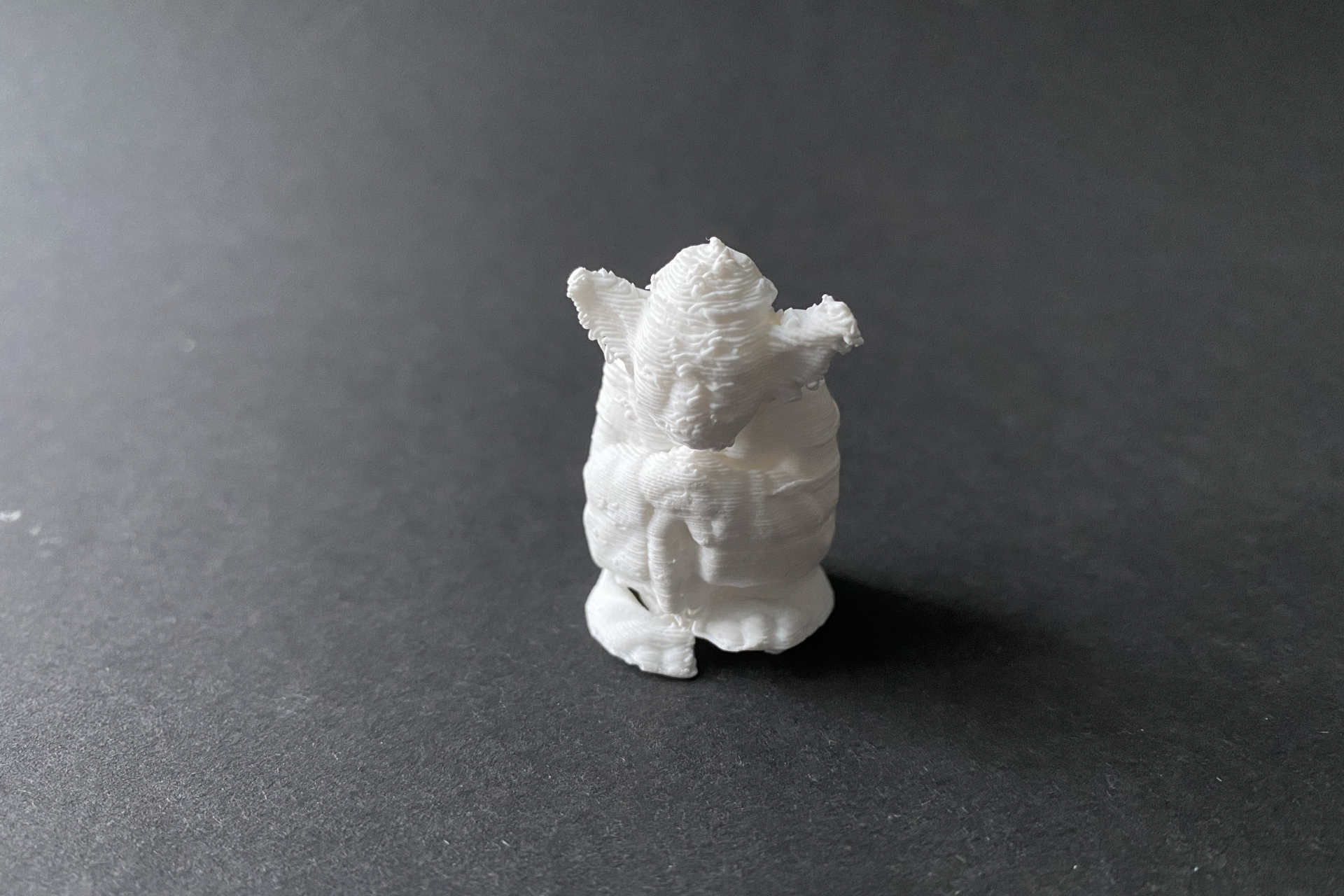
How to turn three-dimensional ink into airgel
From the cellulose, the complex carbohydrate that gives rigidity and resistance to plant cell walls, various nanoparticles can be obtained with simple processing steps. Graduate student Deeptanshu Sivaraman used two of them to produce the “ink” for printing bio-aerogel: cellulose nanocrystals e cellulose nanofibres.
In 3d printing, ink fluidity is fundamental: the material must be viscous enough to remain in place during solidification but must be able to liquefy under pressure so as to pass through the printer nozzle.
Sivaraman succeeded in the feat thanks to combination of nanocrystals and nanofibres of cellulose: while the long fibers give viscosity, the crystals ensure the shear thinning effect (whereby the resistance of the fluid decreases as the shear stress increases).
The ink made at EMPA contains approximately 12 percent cellulose. The remaining 88 percent is made up of water. “We managed to obtain the required properties with cellulose alone, without additives or fillers“, explains Sivaraman. Good news not only for the biodegradability of the final products, but also for theirs heat insulating properties.
After printing, the ink is transformed into aerogel: the researchers replace the solvent (water) first withethanol and then with the air, maintaining the fidelity of the form. “The less solid matter the ink contains, the more porous the resulting airgel“, explains Zhao.
New joining techniques for electronics thanks to nanoeffects
Larger buildings are being built in Switzerland with airgel
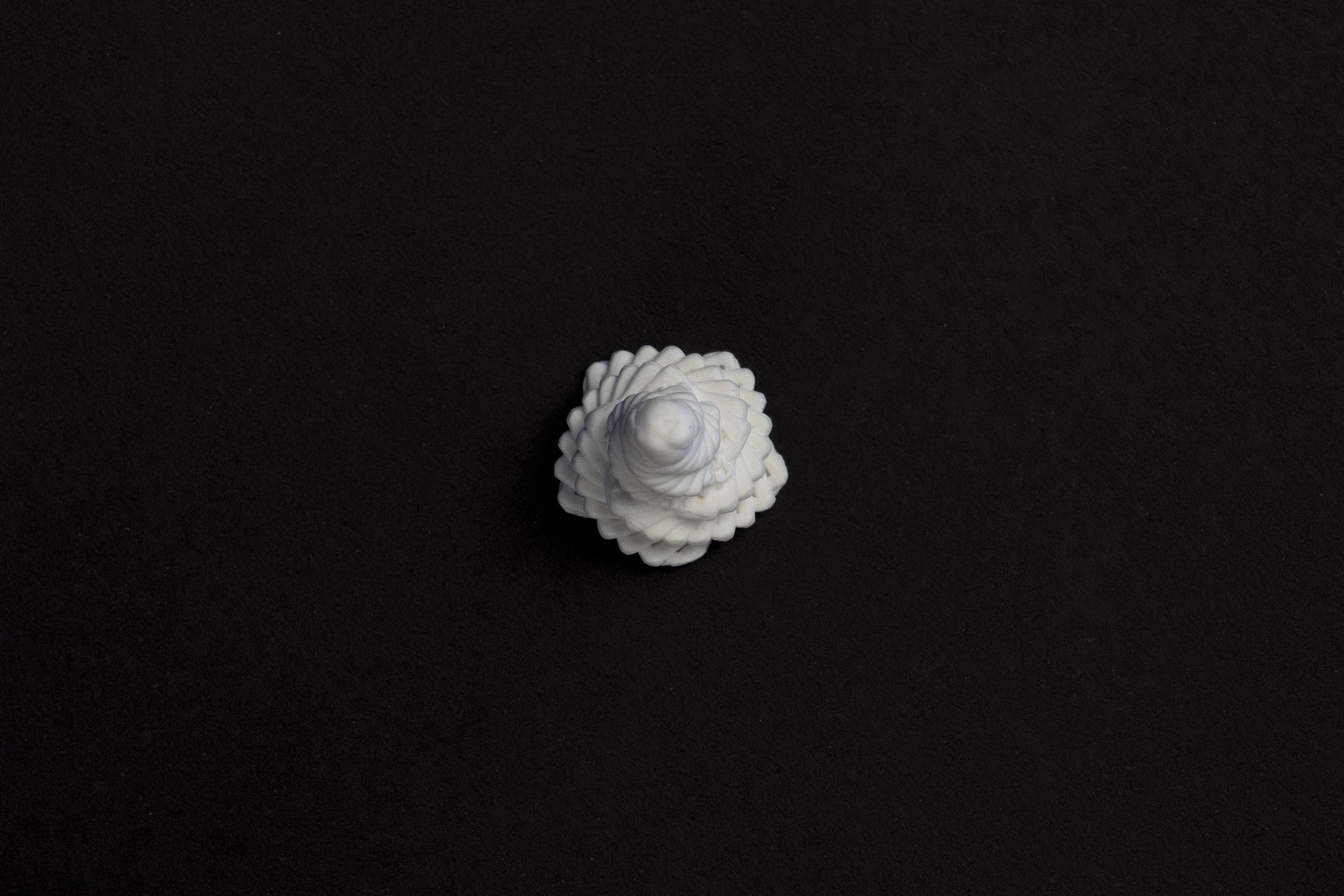
The possible applications of printable bio-airgel
All aerogels are extremely effective thermal insulators, thanks to their high porosity and small pore size. L'cellulose airgel printed at EMPA, however, also has another property: it is anisotropic, that is, its characteristics depend on the direction in which it is oriented. “The anisotropy is partly due to the orientation of the nanocellulose fibers and partly due to the printing process itself“, explains Malfait.
This feature allows researchers to decide which axis the piece of airgel should be on more stable or particularly insulating: a component with these properties could find application in the microelectronics, where heat only needs to be conducted in a certain direction.
The initial research project, funded by Swiss National Science Foundation (FNS), was mainly aimed at studying thermal insulation, but scientists quickly saw new possibilities for the new printable bio-aerogel, starting with medicine.
Being made of pure cellulose, this material is biocompatible with living tissues and cells. Its porous structure makes it capable of absorb medications need gradually release them into the body, while 3D printing offers the possibility of creating complex shapes that could be used as scaffolds for cell growth or as implants.
A bandage will only deliver the drug to infected wounds
Intelligent mattresses and sensors to protect the most delicate skin
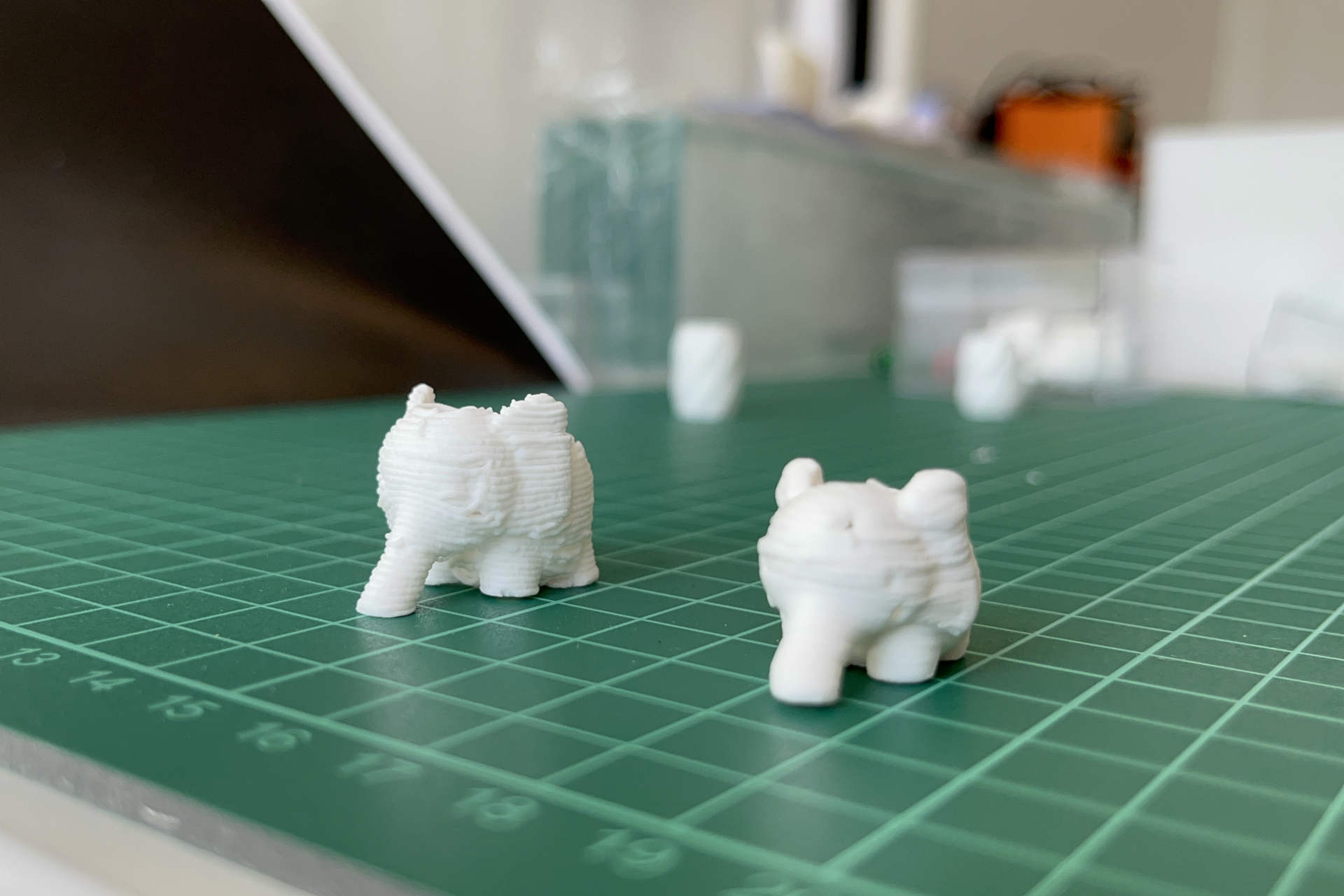
Research continues: medical devices and other biopolymers
Another very promising feature of the new airgel is that can be hydrated and dried several times without losing its shape or porous structure. This property would make the material very simple to handle: when dry, not only is it light and comfortable to handle, but it is also less sensitive to bacteria and does not have to be elaborately protected from drying out. Furthermore it could be stored and transported dry and immersed in water only before use.
"If you want to add active ingredients to airgel, you can do this in the final rehydration stage, immediately before use”, explains Sivaraman. “In this way there is no risk of the drug losing its effectiveness over time or due to unsuitable storage methods.".
Researchers are focusing on administration of drugs from aerogels as part of another project, less focused on 3D printing.
Meanwhile, Shanyu Zhao is collaborating with German and Spanish researchers on aerogels made with other biopolymers, such as alginate and chitosan, derived from algae and chitin respectively, while Wim Malfait is working on improving thermal insulation in cellulose aerogels. Deeptanshu Sivaraman, who completed his PhD, has joined the EMPA spin-off Siloxene AG, which creates new hybrid molecules based on silicon.
Gino Gerosa: “In two years the prototype of the tailor-made artificial heart”
Roland Kühnel: “There are seven deadly sins of current construction”
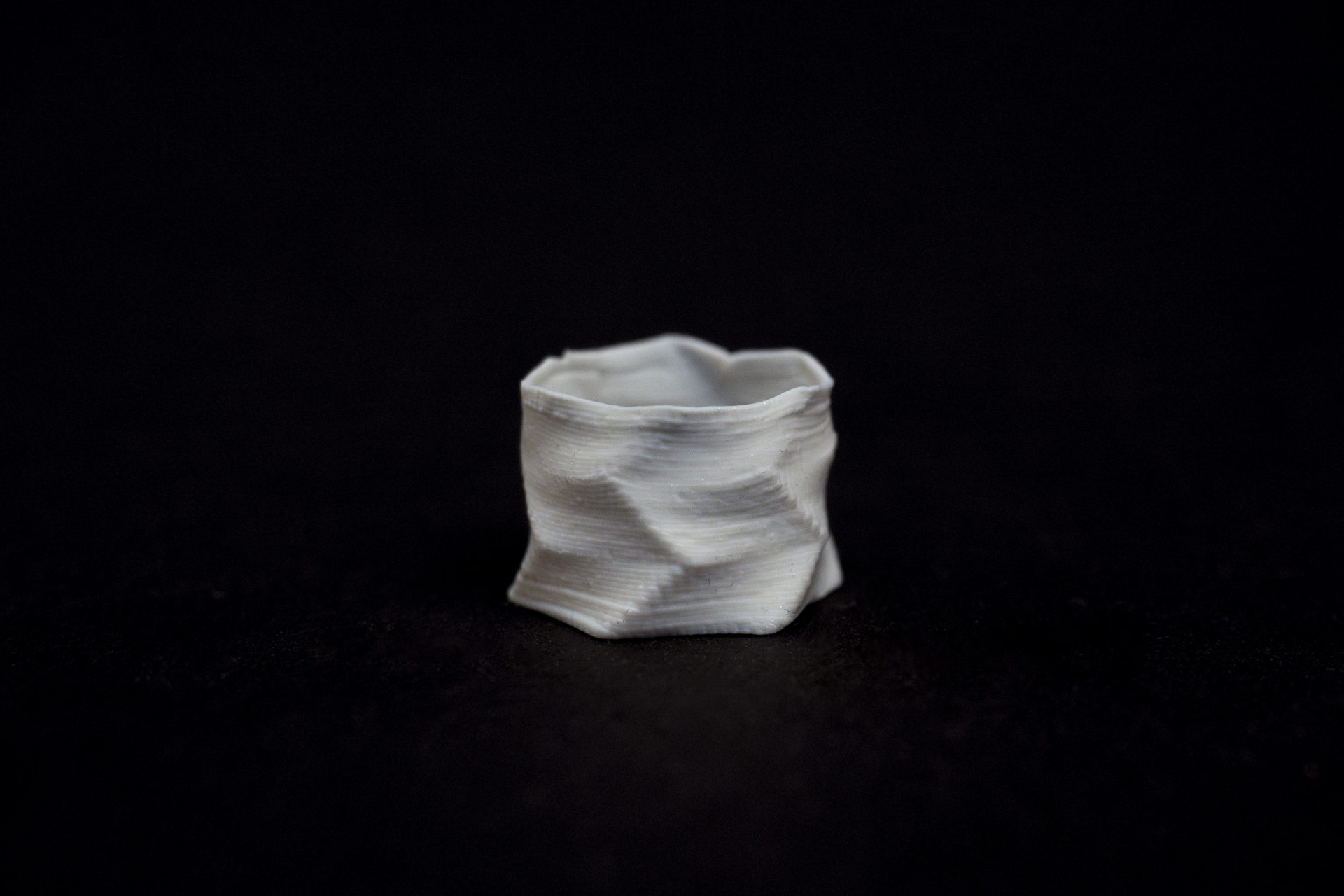
You may also be interested in:
In Brazil the first meeting in the world between biosafety and synchrotrons
In Campinas, a NB4 level maximum biological containment laboratory will be connected to the light sources of a particle accelerator
In Alto Adige today EDIH NOI is the new point of reference for AI
4,6 million euros from the PNRR fund will be allocated to Bolzano for services to local companies in the digitalisation of intelligence…
by Editorial staff Innovando.NewsEditorial staff of Innovando.News
Austria, Germany and Switzerland for "more innovative" cargo railways
DACH Ministers Leonore Gewessler, Volker Wissing and Albert Rösti: the introduction of Digital Automatic Pairing is a key element
by Editorial staff Innovando.NewsEditorial staff of Innovando.News
Persuasion or manipulation? Genesis and historical impact of PR
This is how Public Relations, from the sophistic dialogue of ancient Greece to the current digital era, continues to offer continuous innovation

